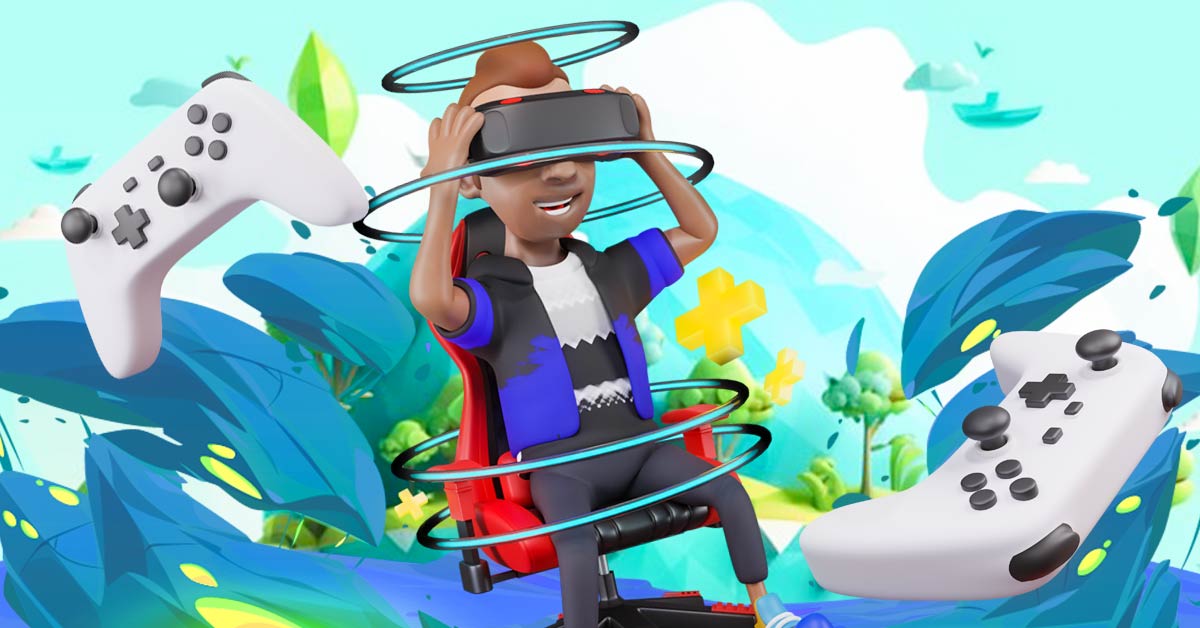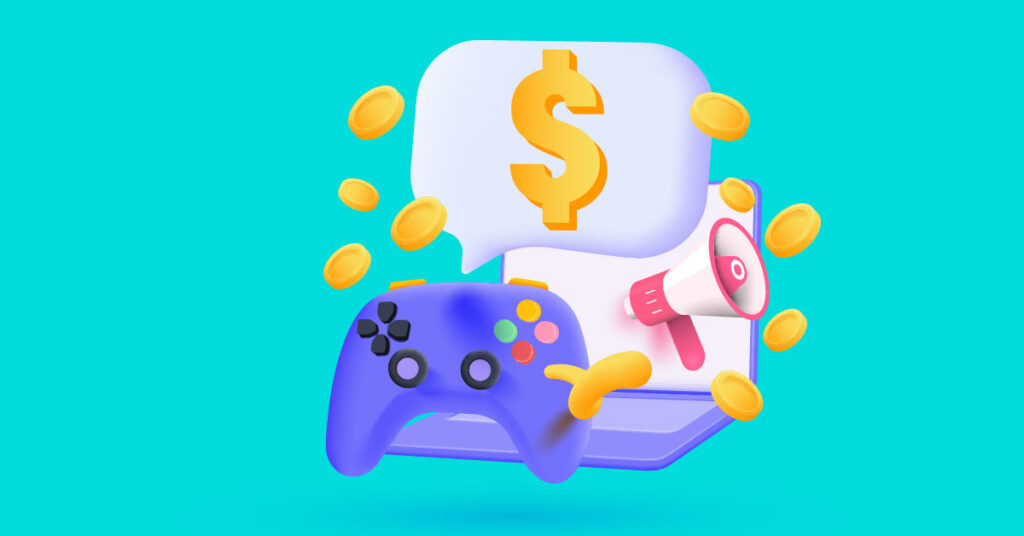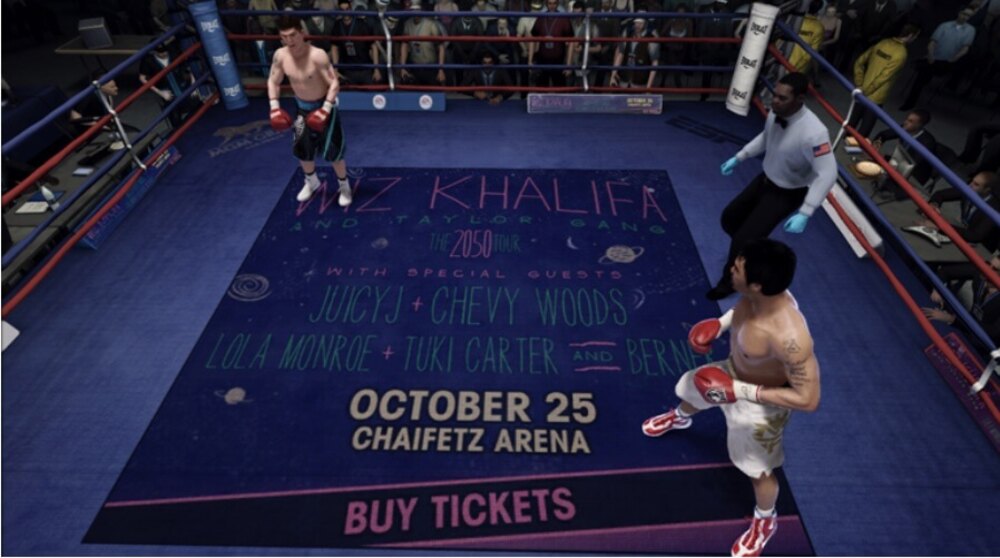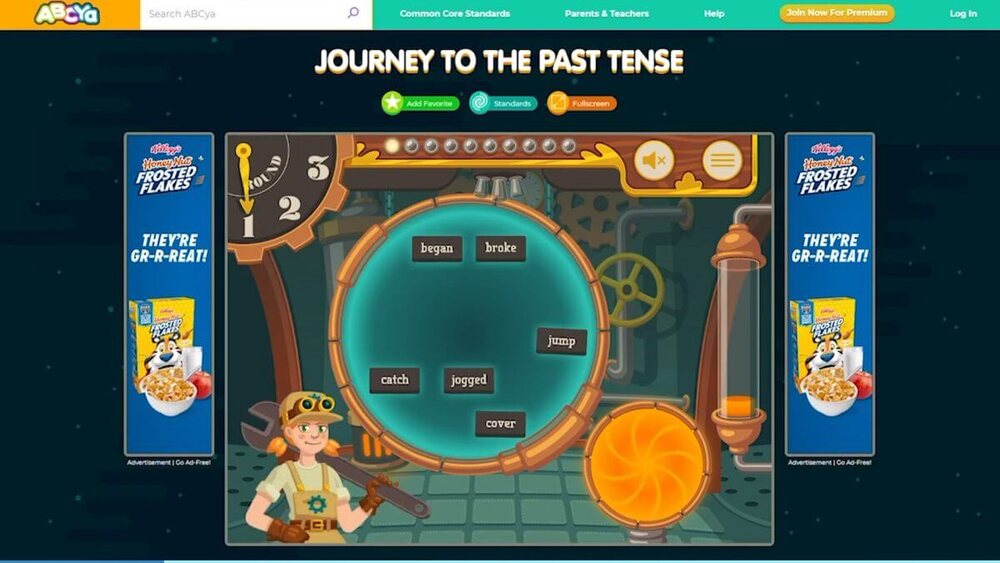
Mobile games have taken a massive chunk of the global gaming market. It was valued at $231.34 billion in the previous year. It’s also expected to rise to $353.35 billion in global market value in the next five years. With these figures, brands, and advertisers are eyeing in-game advertising to reach target audiences. But what is in-game advertising or IGA? What makes it different from other online marketing strategies? Let’s delve into its definition, types, benefits, and a few examples.
What is in-game advertising?

In-game advertising, or IGA is promoting a brand pre, mid, or post-game. Game developers sell space within their games, and these in-game ads come in various formats. The ads can be in the form of video ads, audio ads, or banners.
Most of these ads are integrated into offline or online games, depending on the types of in-game advertising. Some are displayed as a background within a game, such as a billboard or a commercial, whenever a game loads. Some are also integrated as part of the game, so a gamer has to complete a phase and is exposed to the advertised product.
The first known IGA was inserted in Adventureland in 1978, promoting its new game Pirate Adventure.
What are the benefits of in-game ads for brands?

Full-blown advertising campaigns are becoming more common in video games, and for good reasons. There are many benefits of in-game advertising for both brands and game developers.
One of the best advantages of in-game advertising is its ability to reach a highly targeted audience. Unlike traditional forms of advertising, which can be a hit or miss, in-game marketing allows brands to target a specific demographic based on the game being played. For instance, a sports-like video game may cater to a male demographic. Meanwhile, a puzzle game attracts a more diverse audience. Additionally, a children’s video game is a promising avenue for brands that cater to this demographic.
Another in-game marketing advantage is its ability to offer a high level of engagement. Video games are incredibly immersive, requiring players to engage or participate in the game actively. This method allows brands to actively engage with players, which traditional forms of advertising can’t. This will result in a deeper connection between brands and their target audience.
In-game advertising also offers brands extensive reach. Brands can target avid gamers who don’t use social media or other networking channels.
What are the benefits of in-game ads for game and app developers?

In-game marketing doesn’t only generate revenue for brands. In-game advertising provides a significant source of income for developers. By displaying ads within their games, developers can earn money through various advertising models such as pay-per-click (PPC) or cost-per-mille (CPM), which are paid based on the number of ad impressions.
In-game advertising enables developers to offer games for free or at a reduced cost. This approach attracts more players who might hesitate to pay upfront or invest in in-app purchases. By providing an accessible or affordable gaming experience, developers can reach a broader audience and potentially increase their user base.
This advertising method allows developers to deliver targeted ads based on user demographics, preferences, and behaviors. Advertisements can be tailored to match the game’s theme or the player’s interests, leading to higher engagement rates.
3 Types of in-game advertising

In-game advertising comes in different formats. The most common ones are static in-game ads, dynamic in-game ads, and advergames.
Static in-game advertising
Static in-game ads are non-interactive advertisements integrated directly into the game environment. These ads can appear as billboards, posters, banners, or product placements within the game’s virtual world. They typically feature static images or logos and are often placed strategically to attract the player’s attention without disrupting the gameplay. Static ads are commonly used in sports, racing, and open-world environments.
Dynamic in-game advertising
Dynamic in-game ads can feature a range of content formats, including static images, videos, or even interactive elements. Advertisers can update the ad content to align with their marketing campaigns or promotions. For example, a dynamic ad might promote a new product release, an upcoming event, or a limited-time offer. Many marketers opt for dynamic in-game ads for their ease of planning and launching. It allows advertisers to run time-sensitive campaigns based on a CPM pricing structure.
Advergaming/Gamevertising
Gamevertising, also known as advergaming or advertising in games, refers to incorporating advertising elements and messages directly into video games. It involves the integration of brand promotions, product placements, or interactive advertisements within the gameplay experience. Gamevertising is a form of in-game advertising focused on creating an immersive and interactive advertising experience for players.
Gamevertising often involves collaborations between game developers and advertisers, where the advertiser’s content or branding is integrated into the game as a form of sponsorship. This can include sponsored events, challenges, customization options, or additional game modes that showcase the advertiser’s brand or products.
How much does in-game advertising cost?

The cost for in-game ads will vary on several factors, such as ad format, targeting, game type, audience, and campaign scope. Most in-game ads are based on CPM or Cost-Per-Mille, which means app developers charge advertisers per 1,000 impressions.
In-game advertising best practices

Any marketer worth their salt can be successful with in-game marketing. Follow these tips on in-game advertising:
- Ensure that in-game ads are seamlessly integrated into the game environment to avoid disrupting the player’s experience and immersion.
- Deliver ads relevant to the game’s theme, audience, and gameplay context to maximize engagement and resonance.
- Strategically place ads that are visible but non-intrusive, such as billboards, posters, or natural elements within the game world.
- Leverage player data to target ads based on demographics, preferences, and behavior, increasing the likelihood of engagement.
- Avoid excessive ad frequency to prevent overwhelming players with ads, maintaining a balanced gameplay-to-advertisement ratio.
- Consider shorter ad durations and formats that fit the game’s pacing and provide concise messaging to capture and retain players’ attention.
- Incorporate optional ad viewing opportunities, such as opt-in rewarded ads, allowing players to engage with ads in exchange for in-game rewards.
- Monitor and test ad performance, metrics, and player feedback to optimize ad placements, formats, and targeting for better results.
- Disclose the presence of in-game ads to players to maintain transparency and build trust.
- Adhere to privacy regulations and ensure player data is handled securely and responsibly.
- Listen to player feedback and iterate on ad strategies to improve the overall in-game advertising experience.
3 In-game advertising examples
Here are some real examples of in-game ads:
Wiz Khalifa’s tour

Barack Obama’s 2008 election campaign

ABCya’s educational campaign

Conclusion
In-game advertising is an effective form of marketing that brands can leverage to reach more target audiences. Brands can showcase their products and services by choosing the most appropriate game for the right gamer demographic.
Keeping static or dynamic ad images simple and ensuring the messaging is clear are the key to in-game advertising success.
Need help with in-game ad designs? Penji can create unobtrusive in-game advertising images that will capture any gamer’s attention. Subscribe to Penji’s affordable monthly plans and get unlimited designs and revisions.
Sign up now for a 15 percent discount on your first month!
About the author
Table of Contents
- What is in-game advertising?
- What are the benefits of in-game ads for brands?
- What are the benefits of in-game ads for game and app developers?
- 3 Types of in-game advertising
- Static in-game advertising
- Dynamic in-game advertising
- Advergaming/Gamevertising
- How much does in-game advertising cost?
- In-game advertising best practices
- 3 In-game advertising examples
- Wiz Khalifa’s tour
- Barack Obama’s 2008 election campaign
- ABCya’s educational campaign
- Conclusion











